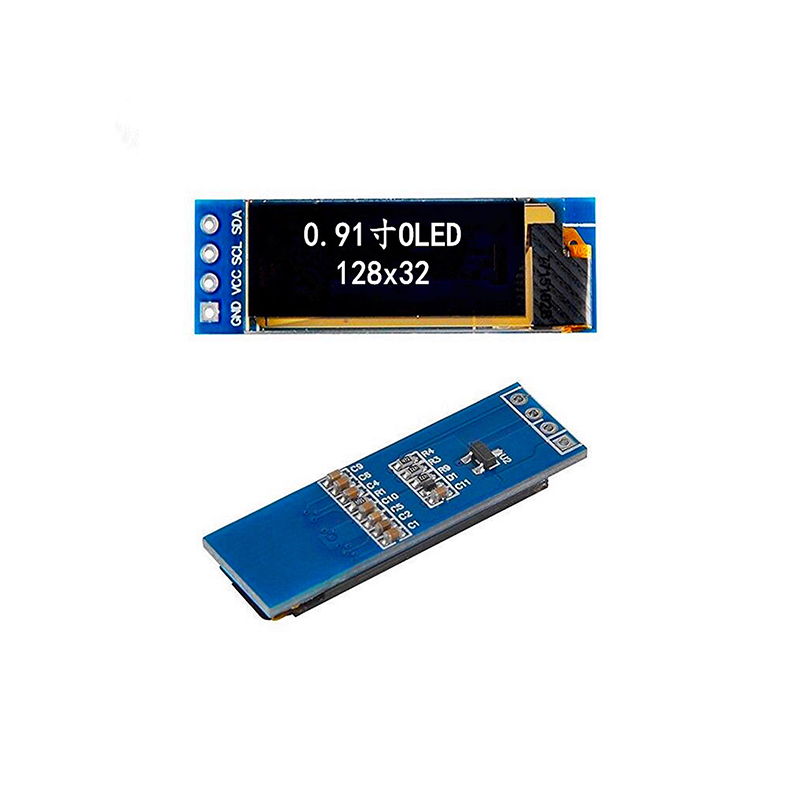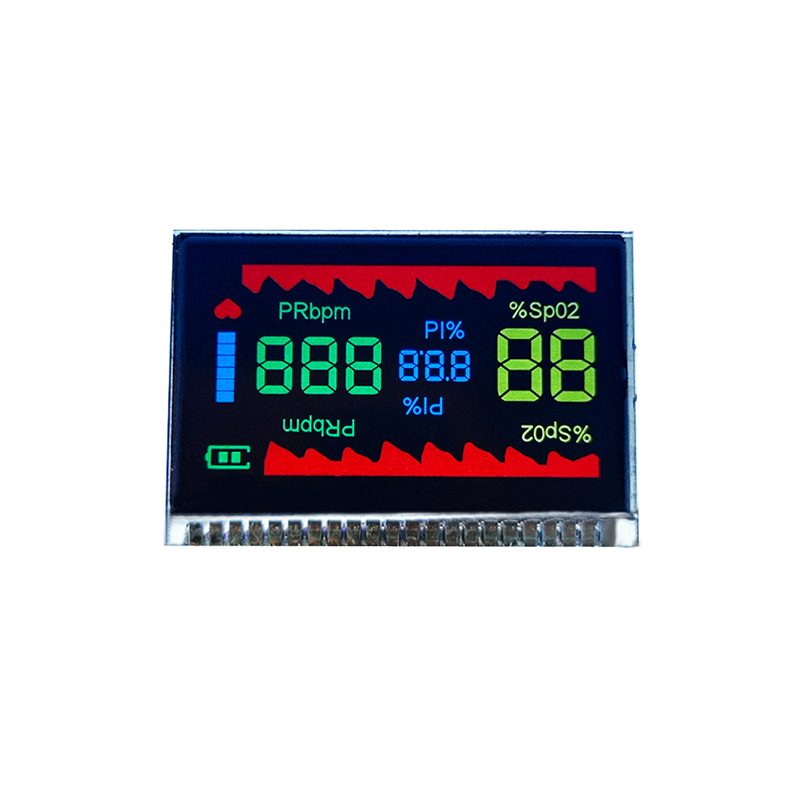
Choosing the right NodeMCU OLED display can significantly enhance your IoT projects. This guide provides an in-depth look at popular options, their features, and considerations for selecting the best one for your needs. We'll cover various sizes, resolutions, and interfaces, helping you make an informed decision.
NodeMCU is a popular open-source firmware for ESP8266 and ESP32 microcontrollers. Its ease of use and extensive community support make it ideal for various applications, including IoT projects that often incorporate displays. These microcontrollers are known for their low cost and Wi-Fi capabilities.
An OLED (Organic Light-Emitting Diode) display is a type of display technology that uses organic compounds to emit light. They offer several advantages over traditional LCDs, including superior contrast ratios, wider viewing angles, and faster response times. Their self-emissive nature allows for deeper blacks and more vibrant colors, making them perfect for visually appealing projects using NodeMCU.
The most crucial factors are screen size and resolution. Smaller displays (e.g., 0.96-inch) are suitable for compact projects where space is limited, while larger displays (e.g., 1.3-inch, 2.0-inch) provide more screen real estate for displaying more information. Higher resolutions deliver sharper images and text.
NodeMCU OLED displays typically use either I2C or SPI communication protocols. I2C is simpler to implement, requiring fewer pins, while SPI generally offers faster data transfer speeds. The choice depends on your project's requirements and pin availability.
OLED displays consume relatively little power, making them suitable for battery-powered projects. However, power consumption varies depending on brightness and size. Checking the specifications of a particular display is crucial for battery life estimations. You should also consider the overall power consumption of your project with the NodeMCU.
The market offers a variety of NodeMCU OLED displays. Here are a few popular choices:
| Display Size | Resolution | Interface | Pros | Cons |
|---|---|---|---|---|
| 0.96-inch | 128x64 pixels | I2C/SPI | Compact, low cost | Limited screen real estate |
| 1.3-inch | 128x64 pixels | I2C/SPI | Larger display area | Slightly higher cost |
| 2.0-inch | 240x320 pixels | SPI | High resolution, large display | Higher cost, requires more pins |
Note: Specific specifications may vary depending on the manufacturer. Always check the datasheet for accurate information.
When integrating your NodeMCU OLED display, consider these points:
Selecting the right NodeMCU OLED display is vital for successful IoT projects. By understanding the various options and considering factors like size, resolution, and interface, you can choose a display that meets your specific requirements and enhances the user experience. Remember to explore resources and communities for assistance and further learning.
For high-quality LCD and OLED display solutions, consider exploring the options available at Dalian Eastern Display Co., Ltd. They offer a wide range of displays suitable for various applications.












